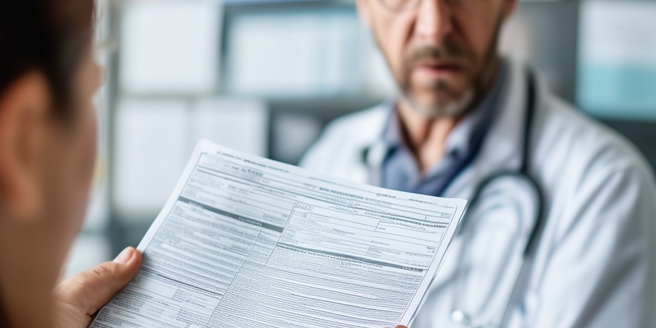
Understanding Emergency Loans
Emergency loans are designed to provide quick financial relief in urgent situations. These loans can be used for medical bills, car repairs, or any other unexpected expenses. They are typically unsecured, meaning you don’t need collateral to obtain one. However, the interest rates may be higher due to the increased risk to the lender. It’s important to read the terms and conditions carefully to understand all fees and repayment obligations. Emergency loans can be a lifeline, but they should be used responsibly to avoid falling into deeper financial trouble. Consulting with a financial advisor can help you make the best decision for your situation. Always ensure that an emergency loan is truly necessary before proceeding.
Options Available for Bad Credit Borrowers
Even with bad credit, there are several emergency loan options available. Payday loans, personal installment loans, and credit union loans are some of the common choices. Payday loans offer short-term solutions but come with high interest rates. Personal installment loans may have more lenient credit requirements and offer longer repayment terms. Credit unions often provide emergency loan services at competitive rates and may be more willing to work with individuals with bad credit histories. Additionally, online lenders have emerged as another viable option for emergency loans. It is crucial to carefully review the terms and conditions before committing to any loan. Exploring these options will help you find the one that best fits your financial situation.
How to Apply for an Emergency Loan
Applying for an emergency loan involves several steps. First, identify the type of loan you need and research potential lenders. Gather necessary documents such as identification, proof of income, and bank statements. Ensure you understand the eligibility criteria before proceeding. It’s crucial to compare interest rates and repayment terms. Seek advice from financial experts if you’re uncertain about any terms. Fill out the application, either online or in-person, ensuring all details are accurate. After submission, the lender will review your application, and you may need to provide additional information. If approved, funds are typically disbursed quickly, often within 24 hours. Always review the loan agreement carefully before accepting the terms to avoid any surprises.
Pros and Cons of Emergency Loans
Emergency loans have their advantages and disadvantages. On the positive side, they provide quick access to funds and can be a lifesaver during unexpected financial crises. They often do not require collateral, making them accessible to a broader range of individuals. Additionally, the application process is typically straightforward and fast. However, the cons include higher interest rates and potential fees, which can add up and make repayment challenging. There is also the risk of falling into a cycle of debt if the loan is not managed properly. Therefore, it is recommended to have a solid repayment plan in place before taking out such a loan. It’s crucial to weigh these pros and cons before proceeding with an emergency loan.
Tips for Improving Loan Approval Chances
Improving your loan approval chances involves several strategies. Start by checking your credit report and addressing any errors. Paying down existing debt and ensuring timely bill payments can boost your credit score. Maintaining low credit card balances also makes a positive impact. Regularly monitoring your credit score can help you stay on top of any potential issues. Additionally, avoid opening new lines of credit too close to your loan application. Having a stable income and a reasonable debt-to-income ratio are also important factors. Providing all necessary documentation accurately and completely can streamline the application process. If possible, offer collateral to secure a better rate. Building a relationship with your lender and demonstrating financial responsibility can further enhance your chances of loan approval.
